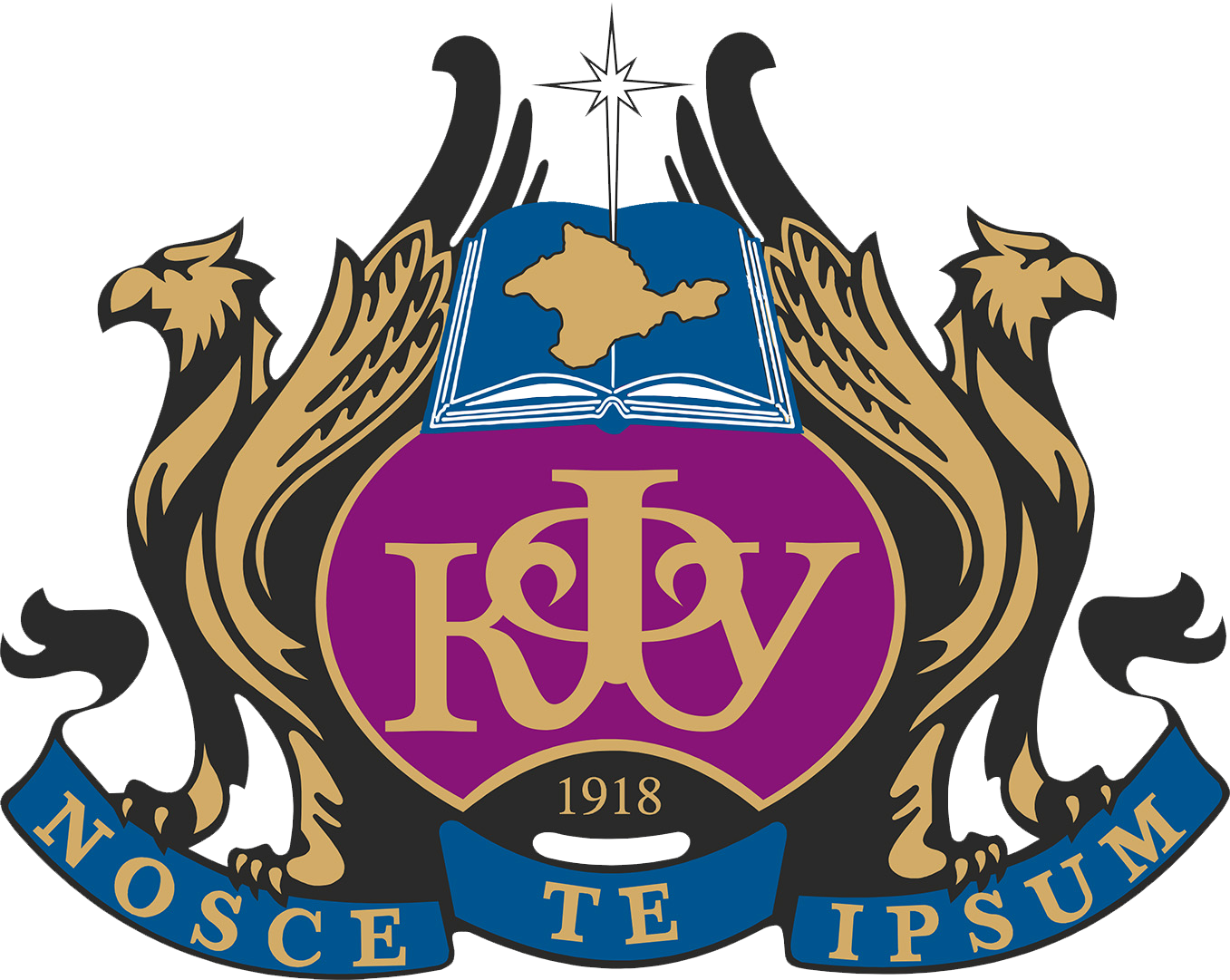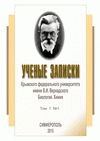Modern students are at high risk of developing cardiovascular diseases, which is largely due to psycho-emotional overload during their studies at university and low awareness in terms of maintaining health. In this regard, monitoring of blood circulation parameters is relevant, which is necessary to assess the level of adaptive capabilities of students’ organisms. The aim of the study is to examine the parameters of hemodynamics and the adaptive potential of the cardiovascular system in young men and women studying at Samara University. Students of Samara University (164 boys and 844 girls, aged 16–20 years) were examined. The heart rate (HR), systolic blood pressure (SBP), diastolic blood pressure (DBP), and pulse pressure were studied et rest. The breath-holding time (BHT) was determined in the Stange test, and the cardiovascular response to trunk bends (CRB) was determined in the Belgian test. The systolic blood volume (SBV), minute blood volume (MBV), and adaptation potential (AP) were calculated. It was found that the average values of the HR in girls and boys in all age groups did not differ significantly, with the exception of the group of 18-year-old students, where the HR in girls was higher. Higher values of SBP and DBP were found in young men compared to young women, who often had a tendency to decrease SBP. Higher values of SBV and MBV were noted in girls. The BHT during inspiration in most students was within the physiological norm, however, in 22 % of female students the BHT was unsatisfactory, which reflects their low level of resistance to hypoxia. The CRB indicator varied in the range of 0,9–1,2 conventional units, which is an unsatisfactory result and, in combination with increased AP values, indicates a tendency to activate the adaptive mechanisms of the circulatory system in students, especially in senior students. The obtained data indicate certain shifts in the functional state of the cardiovascular system in students during the learning process. Significant health risks are posed by the heart rhythm disturbances (tachycardia) detected in young men and women, increased blood pressure (prehypertension/hypertension), and a tendency to reduce the reserve capacity of the circulatory system. At the same time, it is obvious that in order to maintain optimal parameters of the functional state of the organism, the ability to withstand the effects of various factors, including intense information and psycho-emotional stress that accompany university education, a significant amount of physiological reserves is required. In aims to restore and maintain reserve capacity, limit and eliminate unfavorable changes in the level of somatic health of students, dynamic monitoring of cardiovascular system indicators and correction of detected disorders, implementation of preventive measures, and education of young people in a healthy lifestyle are necessary.
cardiovascular system, functional state, adaptive potential of the circulatory system, students
1. Shlyahto E. V. Sistema upravleniya serdechno-sosudistymi riskami: predposylki k sozdaniyu, principy organizacii, targetnye gruppy / E. V. Shlyahto, N. E. Zvartau, S. V. Villeval'de [i dr.]
2. Evsev'eva M. E. Prospektivnyy analiz osnovnyh faktorov riska i sosudistogo statusa u studentov za vremya obucheniya v medicinskom VUZe / M. E. Evsev'eva, M. V. Eremin, O. V. Sergeeva
3. Nilsson P. Early vascular ageing – a concept in development / P. Nilsson // Eur. Endocrinology. – 2015. – V. 11, No 1. – P. 26–31. DOIhttps://doi.org/10.17925/EE.2015.11.01.26.
4. Pdlve K. S. Association of physical activity in childhood and early adulthood with carotid artery elasticity 21 years later: the cardiovascular risk in Young Finns Study / K. S. Pdlve, K. Pahkala, C. G. Magnussen
5. Andreenko E. Yu. Ishemicheskaya bolezn' serdca u lic molodogo vozrasta: rasprostranennost' i serdechno-sosudistye faktory riska / E. Yu. Andreenko, I. S. Yavelov, M. M. Luk'yanov [i dr.]
6. Kopylova O. V. Profilaktika serdechno-sosudistyh zabolevaniy na protyazhenii zhizni. Chast' II: detskiy i podrostkovyy periody / O. V. Kopylova, A. I. Ershova, A. N. Meshkov [i dr.]
7. Strazhesko I. D. Vzaimosvyaz' mezhdu razlichnymi strukturno-funkcional'nymi harakteristikami sostoyaniya arterial'noy stenki i tradicionnymi faktorami kardiovaskulyarnogo riska
8. Fomenko S. E. Metabolicheskie izmeneniya v organizme studentov pod deystviem uchebnoy nagruzki, profilaktika narusheniy / S. E. Fomenko, N. F. Kushnerova, V. G. Sprygin
9. Kochergina A. M. Faktory serdechno-sosudistogo riska u studentov medicinskih vuzov Rossii. Mnogocentrovoe issledovanie / A. M. Kochergina, D. Yu. Sedyh, O. A. Rubanenko [i dr.]
10. Boycov S. A. Kardiovaskulyarnaya profilaktika 2022. Rossiyskie nacional'nye rekomendacii / S. A. Boycov, N. V. Pogosova, A. A. Ansheles [i dr.] // Rossiyskiy kardiologicheskiy zhurnal. – 2023.–T. 28,
11. Setko N. P. Gigienicheskaya ocenka funkcional'nyh rezervov i adaptacionnyh vozmozhnostey studentov / N. P. Setko, E. V. Bulycheva, E. B. Beylina // Gigiena i sanitariya. – 2017. – T. 96, № 2.
12. Baevskiy R. M. Ocenka adaptacionnyh vozmozhnostey organizma i risk razvitiya zabolevaniy / R. M. Baevskiy, A. P. Berseneva – M.: Medicina, 1997 – 236 s.
13. Leshko V. N. Metody kontrolya za funkcional'nym sostoyaniem organizma studenta: metodicheskie rekomendacii / V. N. Leshko, N. V. Karpeeva – Ryazan': RGU, 2006. – 18 s.
14. Sokolova V. S. Bioritmy i ih vliyanie na effektivnost' trenirovochnogo processa i rezul'taty sorevnovaniy sportsmenov-biatlonistov / V. S. Sokolova, P. A. Dvornikov
15. Davies J. I. Pulse wave analysis and pulse wave velocity: a critical review of their strengths and weaknesses / J. I. Davies, A. D. Struthers // J. Hypertens. – 2003. – V. 21, No 3. – P. 463–472.
16. Vahmistrova T. K. Pul'sovoe davlenie u zdorovyh podrostkov / T. K. Vahmistrova, O. A. Harchenko, T.N. Balickaya [i dr.] // Rossiyskiy kardiologicheskiy zhurnal. – 2022. – T. 27, S6. – S. 6–7.
17. Prokop'ev N. Ya. Sistolicheskiy (udarnyy) i minutnyy ob'em krovi u studentov yunosheskogo vozrasta g. Tyumeni na nachal'nom etape obucheniya / N. Ya. Prokop'ev, E. A. Semizorov,
18. Chastoedova I. A. Osobennosti pokazateley gemodinamiki u studentov s raznym porogom vkusovoy chuvstvitel'nosti k povarennoy soli i tipom vegetativnogo tonusa: kogortnoe observacionnoe
19. Shlyk N. I. Serdechnyy ritm i tip regulyacii u detey, podrostkov i sportsmenov / N. I. Shlyk. – Izhevsk: Izd-vo «Udmurtskiy universitet», 2009. – 259 s.
20. Antonova A. A. Analiz sostoyaniya serdechno-sosudistoy sistemy studentov / A. A. Antonova, G. A. Yamanova, N. S. Saypulaeva [i dr.] // Mezhdunarodnyy nauchno-issledovatel'skiy zhurnal. – 2022.
21. Chulkov V. S. Pervichnaya profilaktika serdechno-sosudistyh zabolevaniy: akcent na korrekciyu povedencheskih faktorov riska / V. S. Chulkov, E. S. Gavrilova, Vl. S. Chulkov [i dr.]
22. Sineva I. M. Sravnitel'nyy analiz urovnya fizicheskogo razvitiya studentov raznyh gorodov Rossii / I. M. Sineva, M. A. Negasheva, Yu. M. Popov // Vestnik Moskovskogo universiteta.
23. Evsev'eva M. E. Faktory riska i sosudistoe remodelirovanie, kak pokazateli kardiovaskulyarnogo blagopoluchiya studentov. Rezul'taty vuzovskoy dispanserizacii na baze centra
24. Anzorov V. A. Kardiorespiratornaya sistema studentok pri adaptacii k uchebe v vuze / V. A. Anzorov, S. V. Moryakina // Kardiometriya. – 2021. – № 18. – S. 74–78.
25. Kopeykina E. N. Dvigatel'naya aktivnost' studentov v sovremennyh usloviyah / E. N. Kopeykina, V. L. Kondakov, L. N. Voloshina [i dr.] // Fizicheskaya kul'tura. Sport. Turizm. Dvigatel'naya
26. Serezhina E. K. Effektivnost' proby s naklonom korpusa vpered (bendingtest) i spektral'noy sledyaschey ehokardiografii v diagnostike serdechnoy nedostatochnosti s sohrannoy frakciey
27. Pavlova O. N. Analiz adaptacionnogo potenciala serdechno-sosudistoy sistemy studentov, obuchayuschihsya na medicinskih special'nostyah / O. N. Pavlova, D. S. Gromova, E. V. Makarova-





